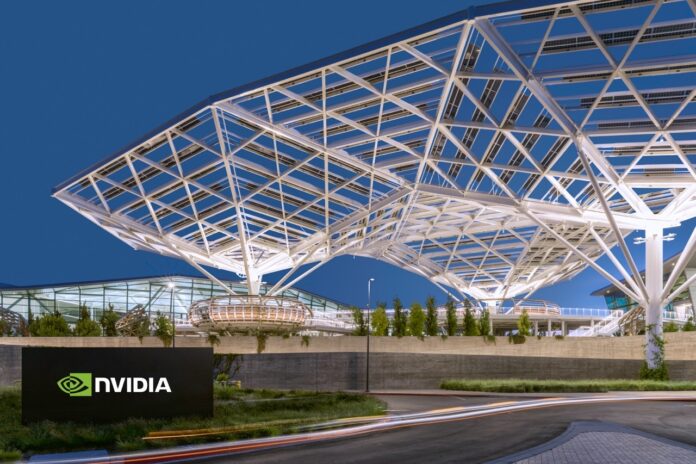Prelim earnings miss guidance by more than $1 billion
After the markets closed on Monday, Nvidia released preliminary financial results for its FY23 second quarter, which ended on July 31, 2022. The news is worse than Nvidia told investors it would be, and even worse than most analysts thought: Nvidia said it’ll see revenues of $6.7 billion, down sharply from its earlier guidance of $8.1 billion. The company blamed the poor showing on significantly reduced demand for its gaming products. Nvidia’s stock tumbled in after-hours trading following the news. Nvidia said that revenue from its gaming business fell 44% sequentially and 33% year-over-year (YoY), to $2.04 billion.
Nvidia noted in previous guidance that the continued impact of COVID-19 in China had caused supply chain disruptions. Russia’s invasion of Ukraine also figured negatively. Together, the company lowered guidance to the tune of $500 million. But this was an even bigger miss. Nvidia CEO Jensen Huang, in a statement announcing the revised revenue, blamed “macroeconomic headwinds” for the slowdown in the sales of its gaming products. He said Nvidia is working with its gaming partners to adjust channel prices and inventory.
The company said it will take a $1.32 billion inventory write-down for the quarter, based on the weak demand. CFO Colette Kress explained that the company was caught having to honor long-term purchase commitments made to shore up component shortages during the worst of the pandemic lockdowns.
“We believe our long-term gross margin profile is intact. We have slowed operating expense growth, balancing investments for long-term growth while managing near-term profitability. We plan to continue stock buybacks as we foresee strong cash generation and future growth,” she said.
Kress noted during the company’s last quarterly earnings report that data center sales have become Nvidia’s largest market platform. Indeed, the company noted that this quarter’s data center sales will be up 1% sequentially and 61% YoY, for a total of $3.81 billion in sales.
“Data Center revenue, though a record, was somewhat short of the company’s expectations, as it was impacted by supply chain disruptions,” said Nvidia.
Another factor possibly affecting Nvidia’s ability to move games-related inventory this quarter: its transition to different silicon, driven by this market growth. Ampere, the graphics processing unit architecture mainstay of Nvidia’s GPUs and AI systems for years, is on the wane, soon to be eclipsed by Grace Hopper “superchips.” Those chips will first appear in data center and AI products, not consumer goods. They’re not expected to be out until next year, but Nvidia said it’s prepping for the transition.
The report reflects some fundamental challenges repeating across tech markets. Consumer spending is on the decline, inflation is growing, and people have less leisure time and less discretionary income to spend on entertainment than they did a year ago. Nvidia’s graphics chips were also in hot demand throughout the cryptocurrency boom, as its graphics processing units (GPUs) were ideal for the computational tasks needed to generate digital coins. Nvidia’s appeal to cryptocurrency miners created an overheated market for the latest Nvidia cards for years.
Kress noted during the last earnings call that the company couldn’t say with any “reasonable degree of precision” how much cryptocurrency was still contributing to the company’s balance sheets, but Nvidia’s now-chastened attitude towards crypto is understandable, given the heat. The U.S. Securities & Exchange Commission (SEC) in May announced a $5.5 million settlement with Nvidia, for inadequately disclosing to investors the impact of crypto-mining on its revenue. The SEC found that Nvidia knew its cards were being used by cryptominers, but failed to disclose that on its Forms 10-Q, as it is required to. Those sins took place in 2017 and 2018, however, and the company’s been more diligent since. But with the crypto craze now a bust, there’s no question that the insane demand for Nvidia cards has dropped sharply – gamers noticed an immediate rise in availability of Nvidia-powered cards from resellers and the secondary market, as soon as the crypto market ran into trouble.
Nvidia is expected today to make major Metaverse-related announcements at SIGGRAPH, the annual computer graphics conference taking place in Vancouver, British Columbia, Canada. The company is also prepping for its fall developer conference, which takes place next month.

